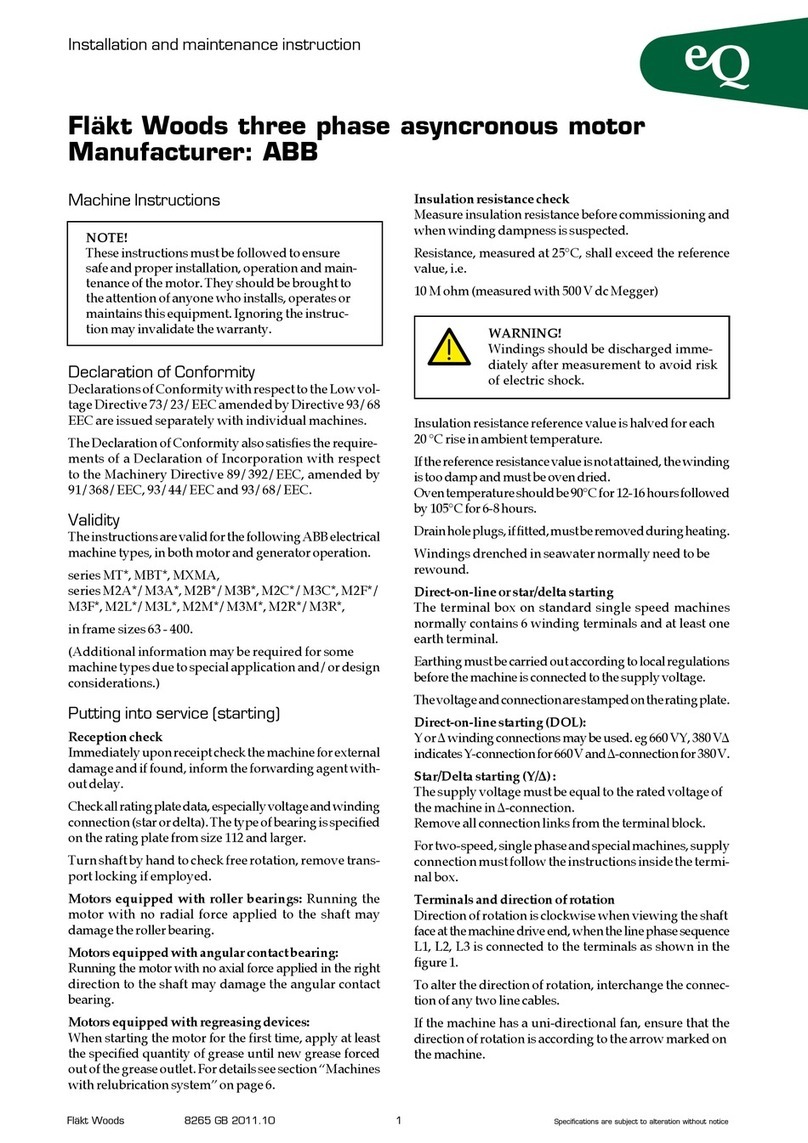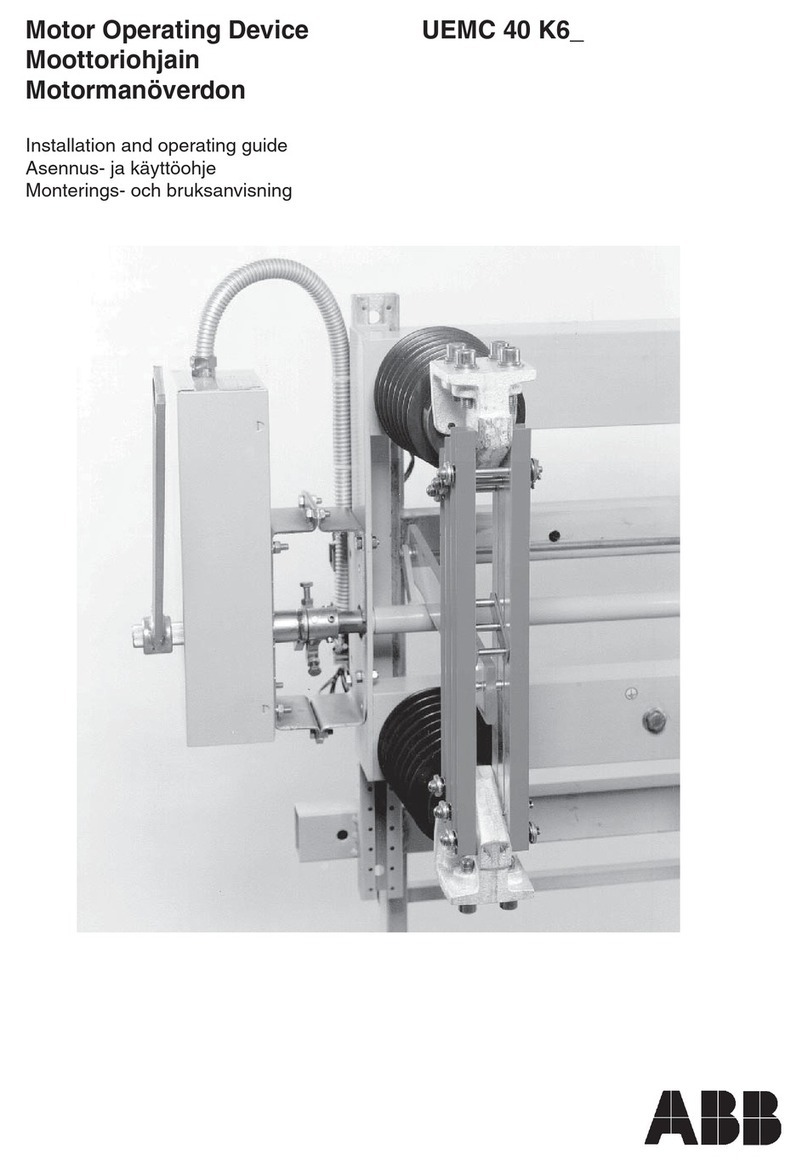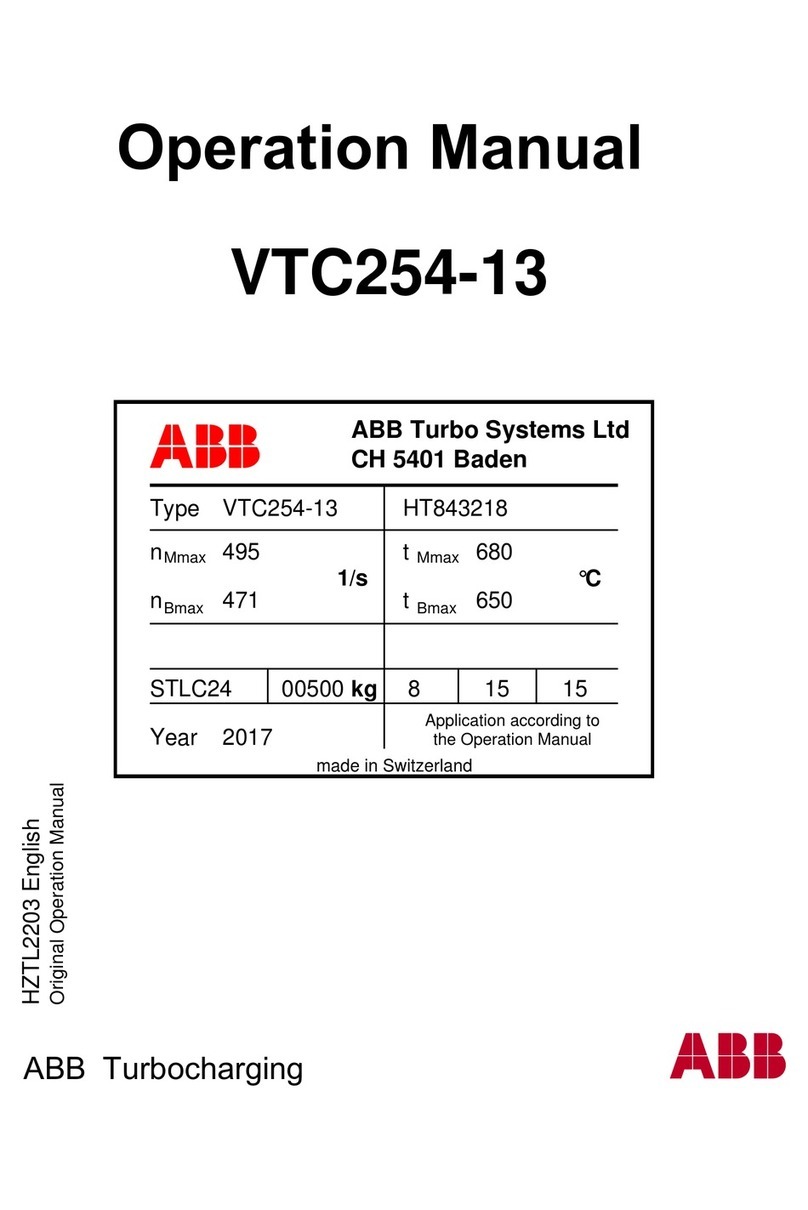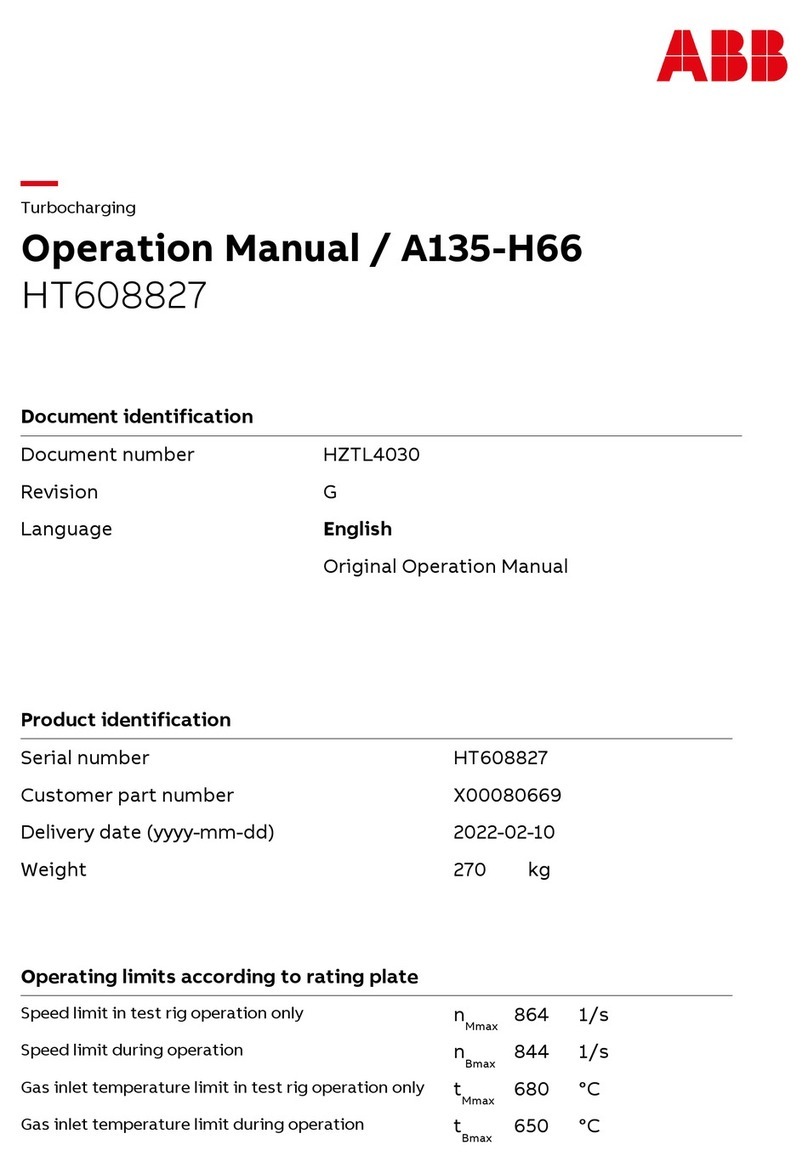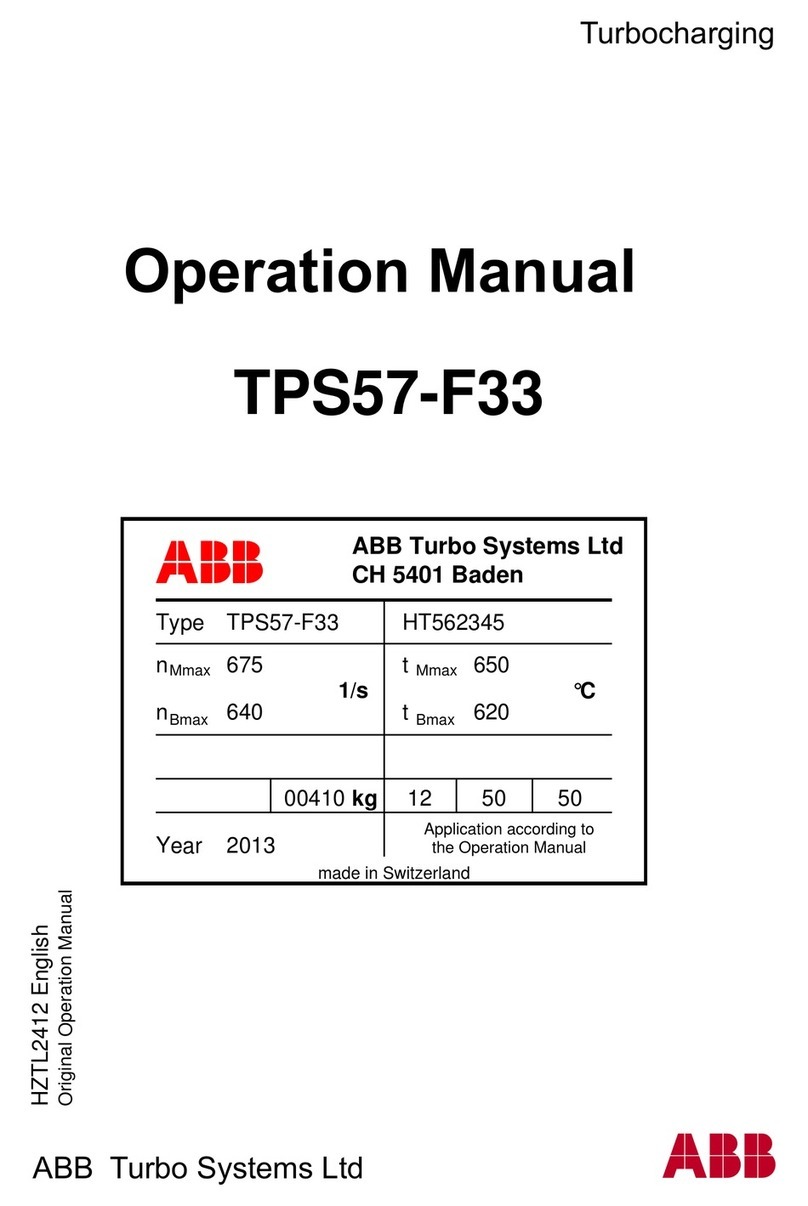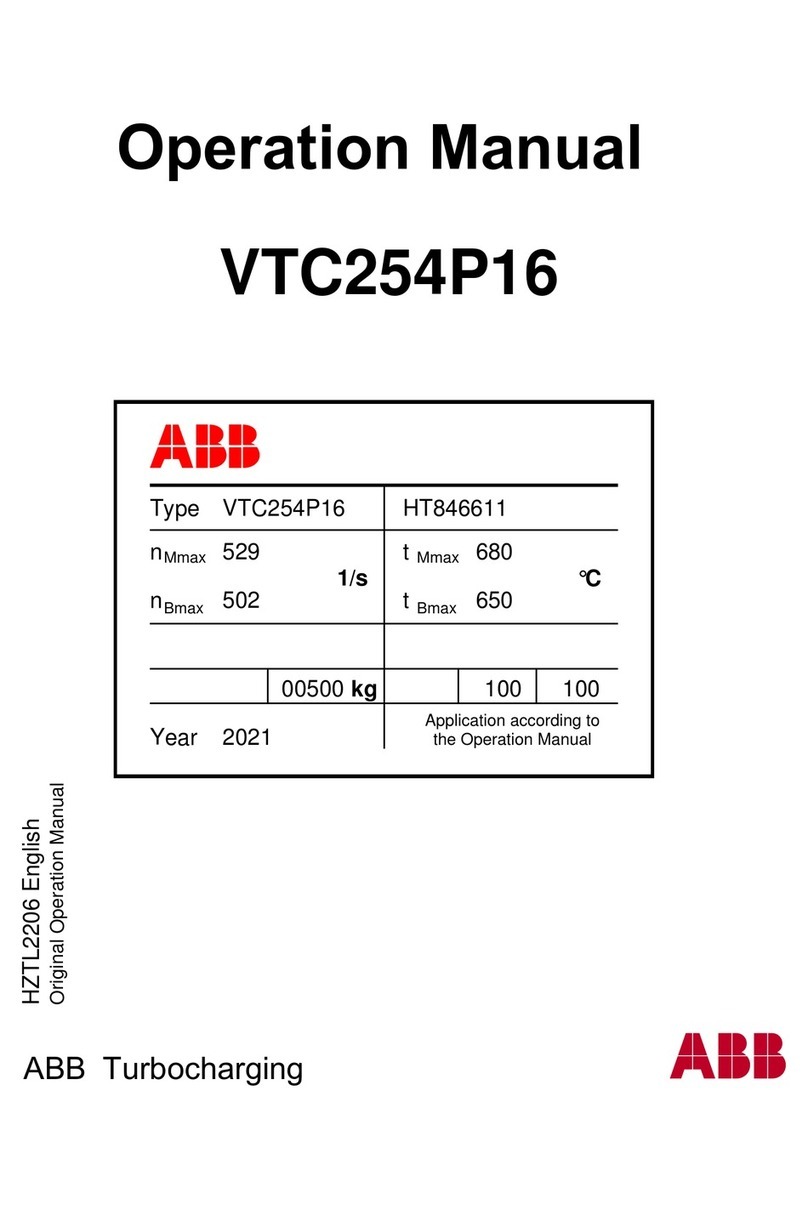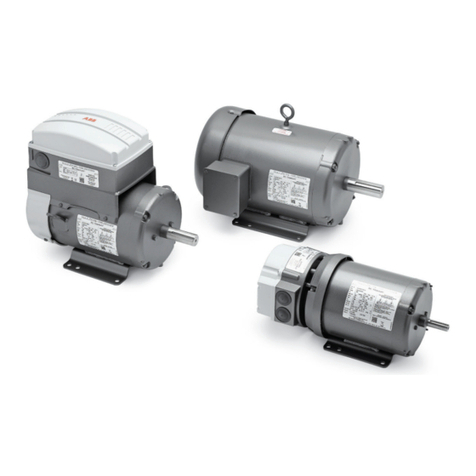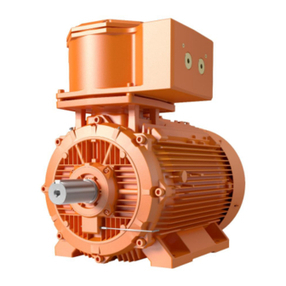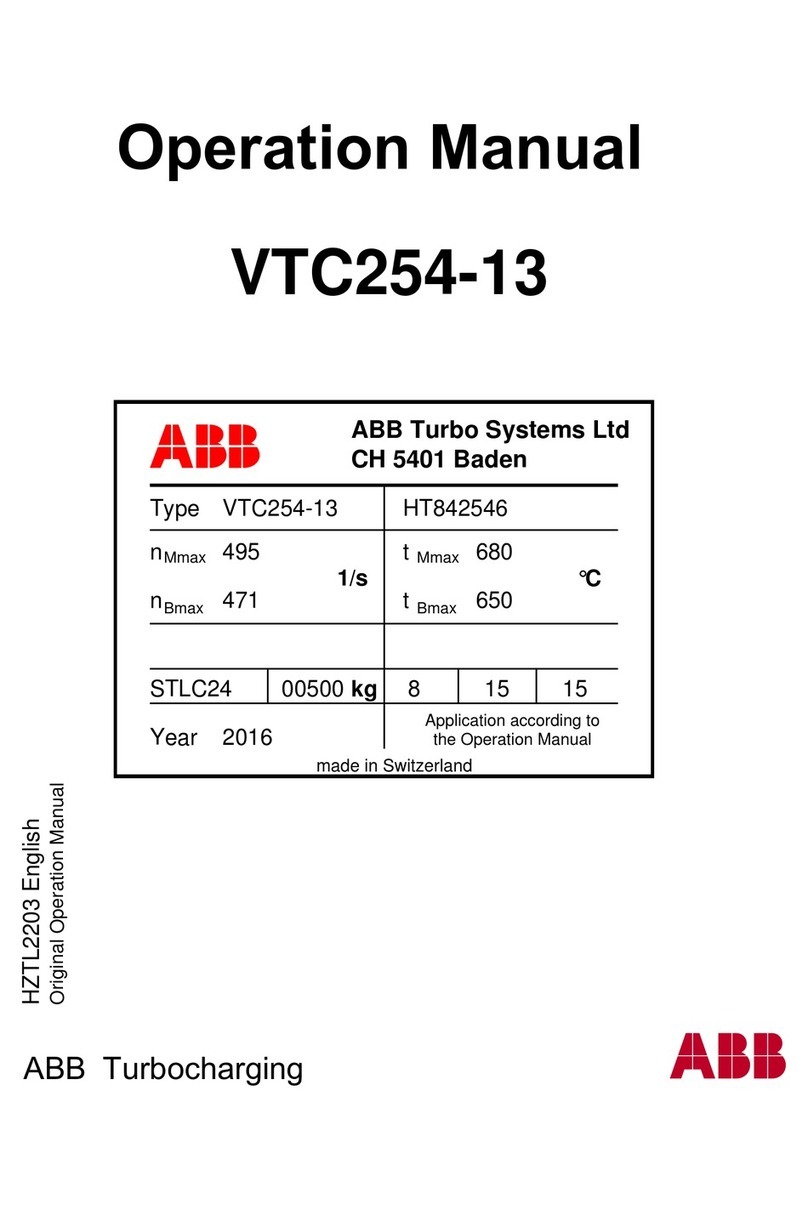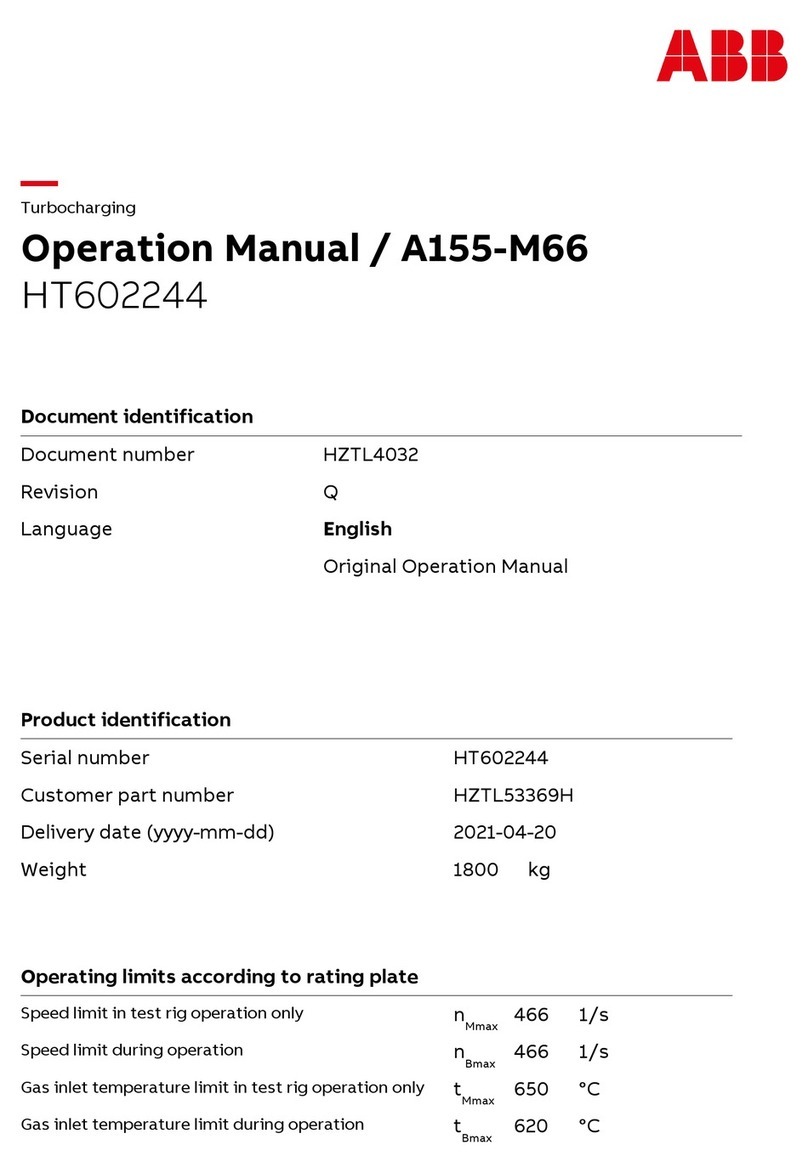
7
3GZF500725-144 EN 03-2023 | ABB IEC LV MOTORS
5. Maintenance and servicing
Only qualified personnel familiar with the relevant safety requirements are allowed to open
and maintain permanent magnet synchronous machines.
It is not allowed to remove the rotor of a permanent magnet synchronous machine without
the special tools designed for this purpose.
Magnetic stray fields, caused by an open or disassembled permanent magnet synchronous
machine or by a separate rotor of such a machine, may disturb or damage other electrical or
electromagnetic equipment and components, such as cardiac pacemakers, credit cards and
equivalent.
Loose metallic parts and waste must be prevented from entering the interior of the perma-
nent magnet synchronous machine as well as getting into contact with the rotor.
Before closing an opened permanent magnet synchronous machine, all parts which does not
belong to the machine and wastes must be removed from the interior of the machine.
Note!
Beware of magnetic stray fields and possible induced voltages when rotating the separate
rotor of a permanent magnet synchronous machine as they may cause damage to surround-
ing equipment, for example lathes or balancing machines.
Permanent magnet synchronous machines must only be serviced by repair shops qualified
and authorized by ABB. For more information concerning service of permanent magnet syn-
chronous machines, please contact ABB.
Follow manufacturer’s operating instructions. For further details see product specific manu-
als or contact ABB.
Motor has special encoder and bearings system which requires a special care during a
maintenance. Separate service instruction needs to be observed.
Note, that motor interfaces have been sealed with special compound for sealing and corro-
sion protection purposes. This needs to be re-applied during re-assembly process. Please
contact ABB for assembly instructions.
Grease the bearings during commissioning before start-up. Follow the regreasing and oil-
change instructions mentioned in the product specific manuals. If the machine is equipped
with grease automate or oil supply system, make sure the system is working.
6. Handling
Should the motor be used or stored in environments with the risk of sub-zero temperatures,
freezing of the water inside the motor must be prevented. This can be done either by empty-
ing the water jacket or by using anti- freeze additives.
Before emptying the water jacket, protect it with a corrosion-protective emulsion, e.g. Esso
Cutwell 40, Shell Dromus Oil BS, or equivalent, in accordance with the instructions given by
the emulsion manufacturer. If the motor has been standing for a long period of time with no

